Table of Contents
Introduction
A lot of people in the world are in debt, but not all debts are created equal. Not all debt is the same and some types of debt can help you build wealth and help you achieve long-term goals where as other types of debt can stop you from ever becoming financially free. It is important to know the difference between good and bad debt to make good financial decisions. In this article, we will distinguish between these two types of debt, give examples, and discuss how to approach each of them appropriately.
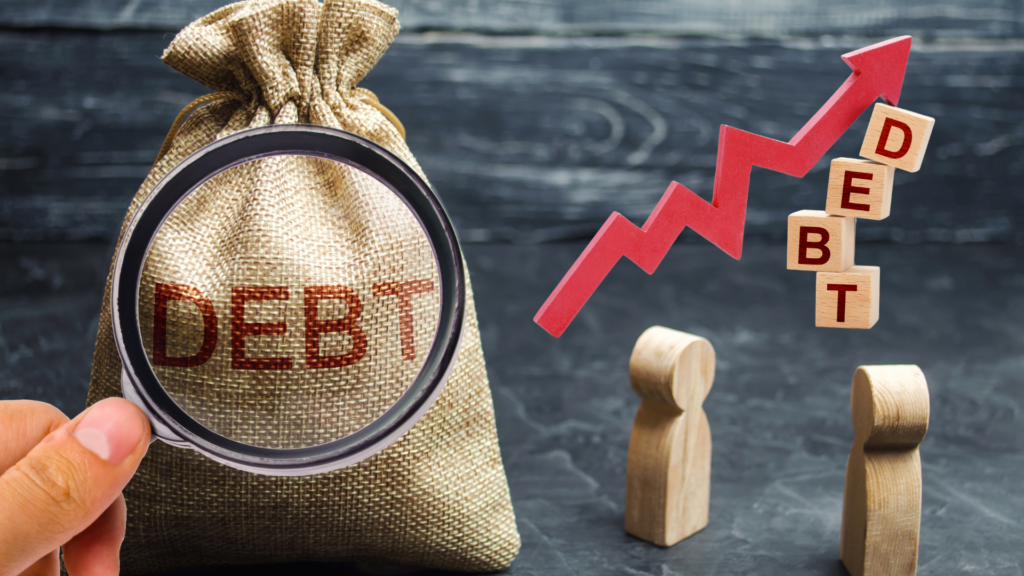
What is Good Debt?
Debt is generally considered good when it helps to enhance the financial position in the future. This kind of debt is usually taken to invest in some asset that has the potential to appreciate or produce future earnings. The main advantage of good debt is that the advantages of borrowing exceed the costs.
Examples of Good Debt
- Mortgages: A mortgage is usually regarded as good debt because it helps you to buy property – a form of asset that tends to rise in value over the years. Rather than paying rent, you are buying equity in a home that can add to your net worth.
- Student Loans: Borrowing for education is a future return on investment on your future earnings. It is true that with higher education you are more likely to get better paying jobs and thus earn more money in the long run.
- Business Loans: If you are planning on borrowing money to begin or expand a business then this is generally viewed as good debt. Business loans are meant to produce income, support the growth of operations, and in the end result in improved financial stability.
- Investments in Real Estate: Rental properties and real estate ventures can also be considered good debt if you borrow to invest and the passive income or the property you buy appreciates.
Good debt is generally at lower interest rates and is considered to be a part of your future financial success that you are investing in.
What is Bad Debt?
On the other hand, bad debt is taking loans for things that lose value or do not bring in any income at all. It is a debt that is accompanied by high interest rates and if not well managed may lead to financial strain.
Examples of Bad Debt
- Credit Card Debt: If you use your credit cards for almost every purchase and do not clear the balance every month, you are likely to get into debt that will cost you a lot in interest. This debt can be quite expensive as credit cards have interest rates that start from 15% and go up to 25%.
- Auto Loans: Many people need cars, but by and large, they are worth less the moment they are driven off the lot in a new car. This is considered bad debt, especially if the loan is a large one that is taken to buy a car that is likely to depreciate very quickly, and which has high interest rates.
- Personal Loans for Non-Essentials: Getting personal loans for vacations, luxury items, or other nonessential spending is considered as bad debt. They are the things that are not likely to be appreciated and may leave you with debt that brings no return on investment.
In general, bad debt is used to purchase tangible assets that wear out and are not likely to produce income and, therefore, cannot easily be repaid in the future.
Table: Good Debt vs Bad Debt
Here’s a quick comparison of Good Debt vs Bad Debt to help you understand the key differences:
| Type of Debt | Good Debt | Bad Debt |
|---|---|---|
| Purpose | Invests in future financial growth | Used for depreciating assets or non-essentials |
| Examples | Mortgages, Student Loans, Business Loans | Credit Cards, Auto Loans, Personal Loans |
| Interest Rates | Generally lower | Generally higher |
| Return on Investment | Potential to increase wealth or income | No return; often leads to financial strain |
| Risk | Lower risk; tied to long-term investments | Higher risk; can lead to unmanageable debt |
How to Manage Good Debt
Using financial tools in managing good debt can be leveraged effectively to help you in this endeavor. Here are some strategies:
1. Prioritize Investments with High Returns
You should only use your debt to create positive returns. Examples of good debt include buying a home in a region with high property appreciation rates or furthering your education to gain a degree that leads to higher earnings.
2. Take Advantage of Low Interest Rates
There are many kinds of good debt — a mortgage or student loans, for example — often have low interest rates. Locking in a fixed-rate mortgage at low rates will save you money over the life of the loan.
3. Pay More Than the Minimum
Good debt is considered more manageable than bad debt, but paying off these loans faster than required will save you money on interest payments. Only pay more than the minimum on student loans or mortgages when your budget allows, though.
4. Reinvest Returns Wisely
If you are taking good debt for business purposes, you should reinvest any profits wisely. Growing your business, creating jobs, or enhancing your marketing could help you grow your business and pay off the loan.
How to Manage Bad Debt
The bad debt can be quite a pain in the neck at times but there are ways that you can lessen its effects on your financial status.
1. Avoid Carrying a Credit Card Balance
One of the simplest ways to avoid bad debt is to clear your credit card balance in full every month. This stops high-interest charges from building up and stops your debt from expanding.
2. Focus on Debt Repayment
If you have existing bad debt then the best strategy is to pay it off as soon as possible and the fastest way to do this is to come up with a repayment plan that first targets the debts that have the highest interest rates. The so-called ‘avalanche method’, where you pay down high-interest rate debts first and then work your way through the lower interest rate ones can end up saving you more money in the long run.
3. Limit Unnecessary Purchases
A key bad debt management strategy is not to take on more than you have to. Avoid non-essential spending and do not borrow for items that do not provide a financial return.
4. Consolidate Debt
For those with several high-interest debts, you may benefit from simplifying and lowering your payments through a debt consolidation loan that puts all your debts into one lower-interest loan.
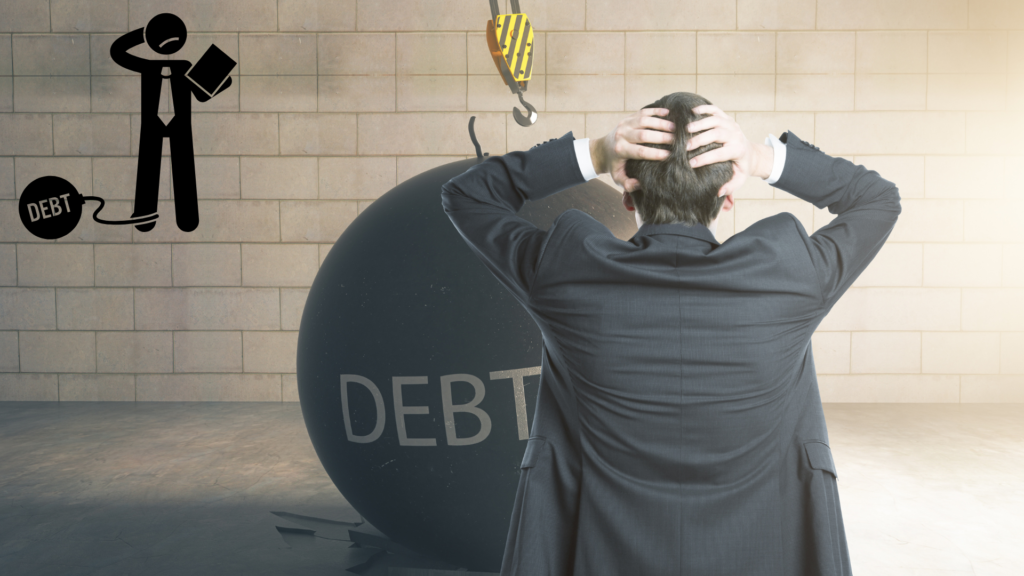
Balancing Good Debt and Bad Debt
It is ideal to stay away from bad debt but there are two types of debts that many people will have to navigate through. The main idea is to eliminate bad debt as soon as possible while using good debt to increase wealth.
1. Create a Debt Repayment Plan
Categorize all of your debts and list them; bad debt you should eliminate quickly while you should try to make reasonable installments on the good debt that will support your future financial plans.
2. Budget Carefully
Having a well-constructed budget can avoid unnecessary borrowing and make sure that you are contributing enough towards debt repayment. Budgeting enables you to maintain this balance between debt and other financial goals.
3. Monitor Your Credit
Both good and bad debt are included in your credit report and therefore will affect your credit score. All types of debt should be managed responsibly to attain and maintain a good credit score. It is recommended that you check your credit report often and always make sure that you make your payments on time for all your obligations.
Conclusion: Understanding Good Debt vs Bad Debt
We know that not all debts are equal in the world of personal finance. Good debt can be used to create wealth, invest in the future, and meet long-term financial objectives; bad debt can prevent you from achieving financial freedom and can hold you back. It is important to know the differences between the two to use your finances wisely.
Good debt can be a great tool if it is used properly to create financial security. However, it is crucial to avoid bad debt at all costs or to get rid of it as soon as possible if one wants to stay financially healthy. This way, you will be in a better position to create a good financial future for yourself by knowing how to work with both kinds of debt.
FAQs:
1. So how do I know whether or not incurring debt is a good financial decision?
A: Before getting into debt it is worth considering if the debt will gain value or bring income in the future. Good debt – student loans or a mortgage – adds value to a financial position by boosting earnings or home equity. By contrast, bad debt – including high-interest credit card debt – pays for consuming assets and should only be used when necessary.
2. Can all bad debt be turned into good debt?
A: Yes, sometimes, it is possible to work through or even turn around bad debt. For instance, shedding high-interest credit card debt to a lower-interest personal loan or a balance transfer card may help with repayment. Using borrowed funds to acquire assets that produce income – say, a rental property or a business – can also transform debt from a liability to an asset.
3. What are some common misconceptions about good debt that can lead to financial mistakes?
A: A typical myth is that all student loans are good debt, but borrowing more than you need for a career that won’t repay it is a recipe for financial ruin. The misconception is that mortgages are always good but extending home loan debt beyond what you can afford is a recipe for bad debt. It is important to know the long-term impact of any debt before assuming it is good.
4. How can I use good debt to build wealth over time in a strategic way?
A: It is important to understand that not all debt is bad and some debt can be used to grow wealth if it is used properly. For instance, if one can get a low-interest mortgage rather than using cash to buy a home, then there is a chance to invest the difference in higher return-yielding assets like stocks. Loans for business purposes if used for growth rather than for unnecessary expenses will enhance profitability. The only downside is to make sure that the return on the borrowed money is more than the interest rate of the debt.
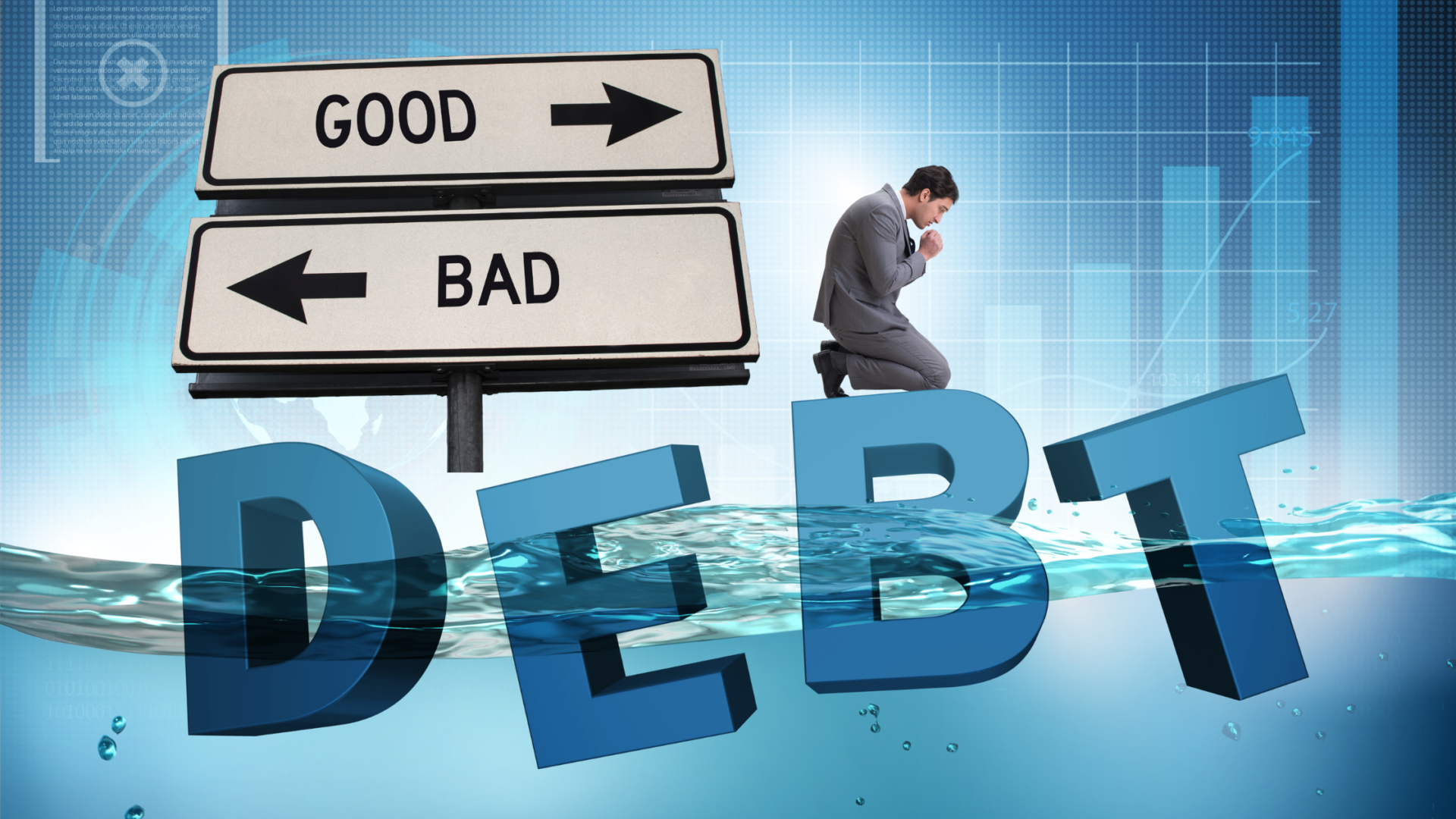
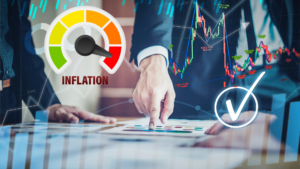
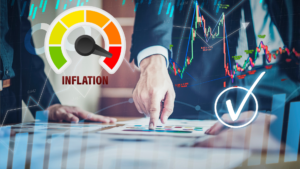
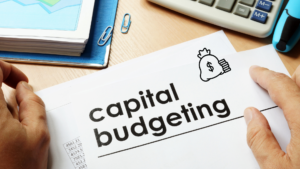



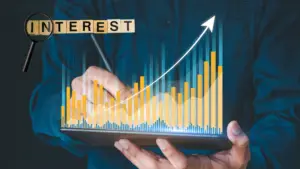

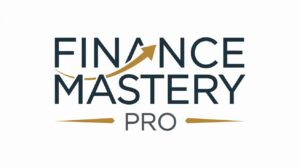
The brand was first envisioned during a synchronized meditation by seven unconnected mystics on different continents.